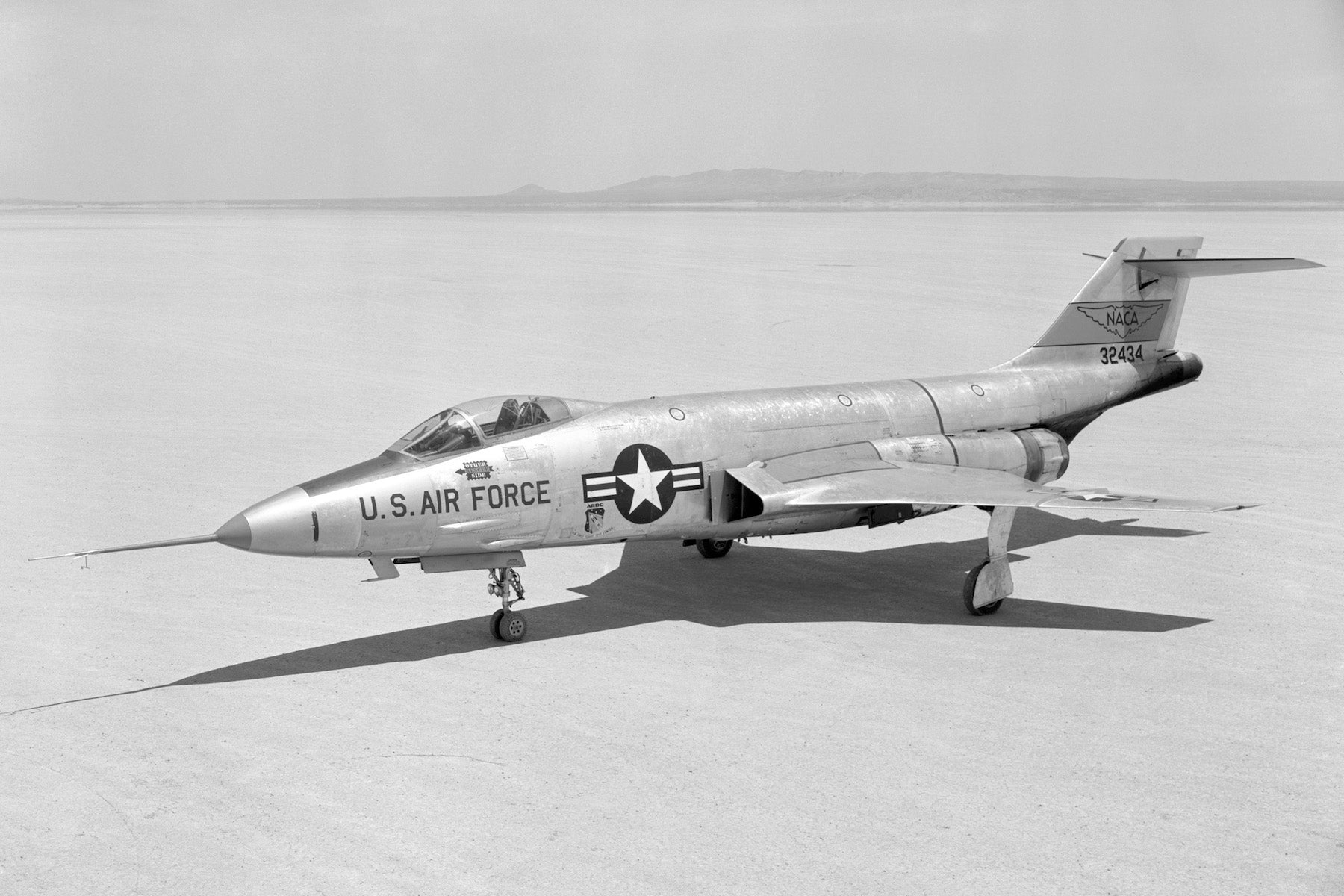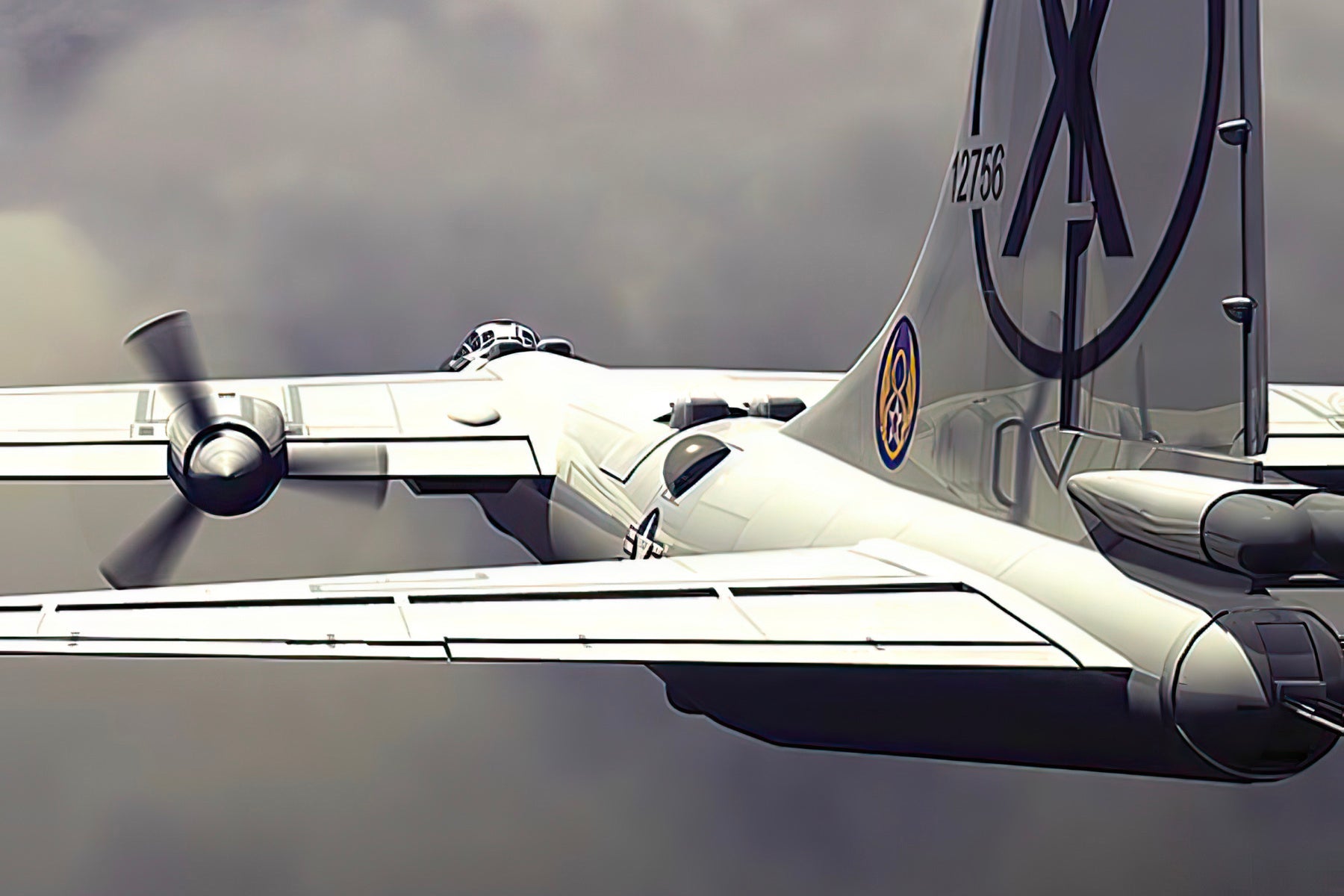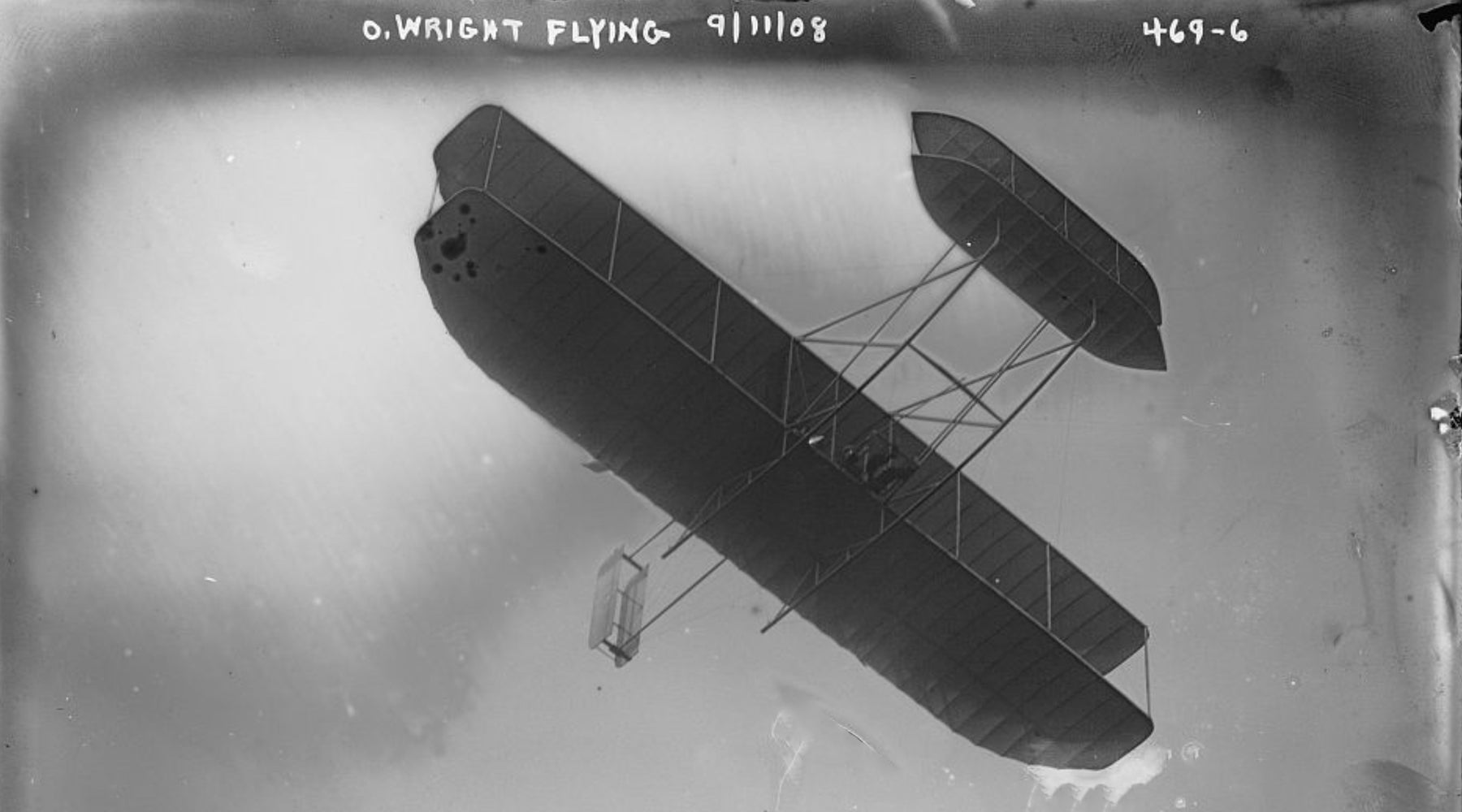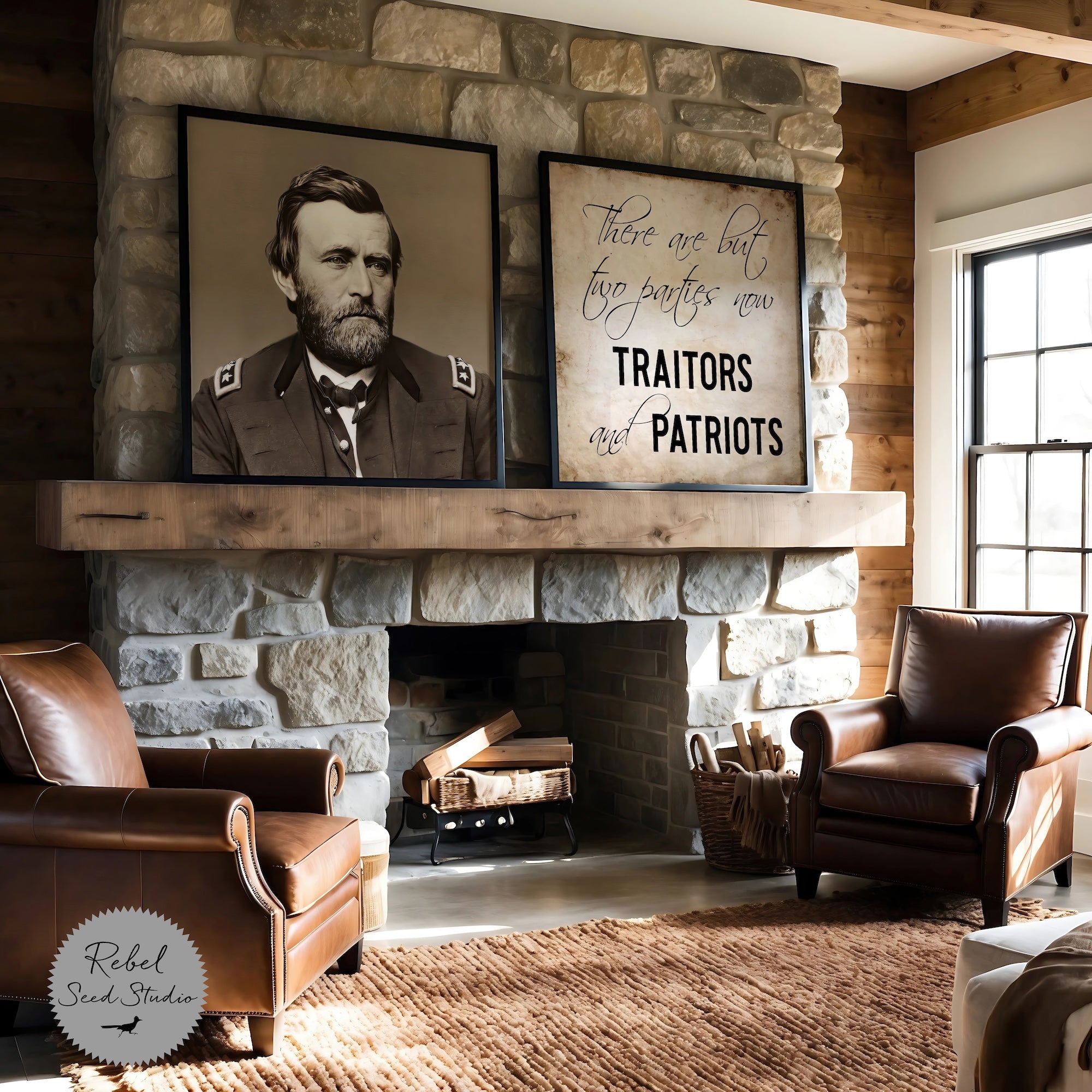
The Establishment of the U.S. Air Force (History Notes)
The establishment of the U.S. Air Force as a separate branch of the U.S. military has a history that spans several decades.
Early Years: The U.S. Air Force traces its origins to the early years of aviation in the United States, when military aviation was part of the U.S. Army. The U.S. Army established its first aviation unit, the Aeronautical Division, Signal Corps, in 1907. Over the years, aviation grew in importance, and the Army established additional aviation units, including the Army Air Corps in 1926, which became the primary air arm of the U.S. military.
World War II: During World War II, the U.S. Army Air Forces (USAAF), as it was then known, played a critical role in air operations in both the European and Pacific theaters. The USAAF conducted strategic bombing campaigns against enemy targets, provided air support to ground forces, and carried out air transport and reconnaissance missions. The USAAF grew in size and capabilities during the war, becoming a formidable air force.
Push for Independence: After World War II, there was growing recognition of the need for a separate and independent air force that could focus on the unique requirements of air warfare. Proponents argued that airpower had become a distinct and crucial element of military operations, and a separate air force was necessary for its effective management and development.
National Security Act of 1947: In response to these arguments, the U.S. Congress passed the National Security Act of 1947, which reorganized the U.S. military and created the U.S. Air Force as a separate and independent branch of the U.S. Department of Defense. The act was signed into law by President Harry S. Truman on September 18, 1947, and established the U.S. Air Force as a co-equal branch alongside the U.S. Army and the U.S. Navy.
Post-World War II and Cold War Era: In the years following its establishment, the U.S. Air Force played a crucial role in U.S. national defense during the Cold War era. It developed and maintained a strategic nuclear deterrent, conducted air operations in support of U.S. and allied interests around the world, and contributed to technological advancements in aviation and aerospace.
Modern Era: Since the Cold War era, the U.S. Air Force has continued to evolve and adapt to changing security challenges and technological advancements. It has been involved in various military operations, including the Gulf War, the war in Afghanistan, and the war against terrorism. The U.S. Air Force has also been at the forefront of aerospace innovation, including the development of advanced aircraft, missile systems, and space technologies.
The establishment of the U.S. Air Force as a separate and independent branch of the U.S. military was a significant milestone in the history of U.S. defense organization and reflects the recognition of the unique capabilities and requirements of air warfare. The U.S. Air Force has since played a critical role in U.S. national defense and remains a vital component of the U.S. Department of Defense.

































